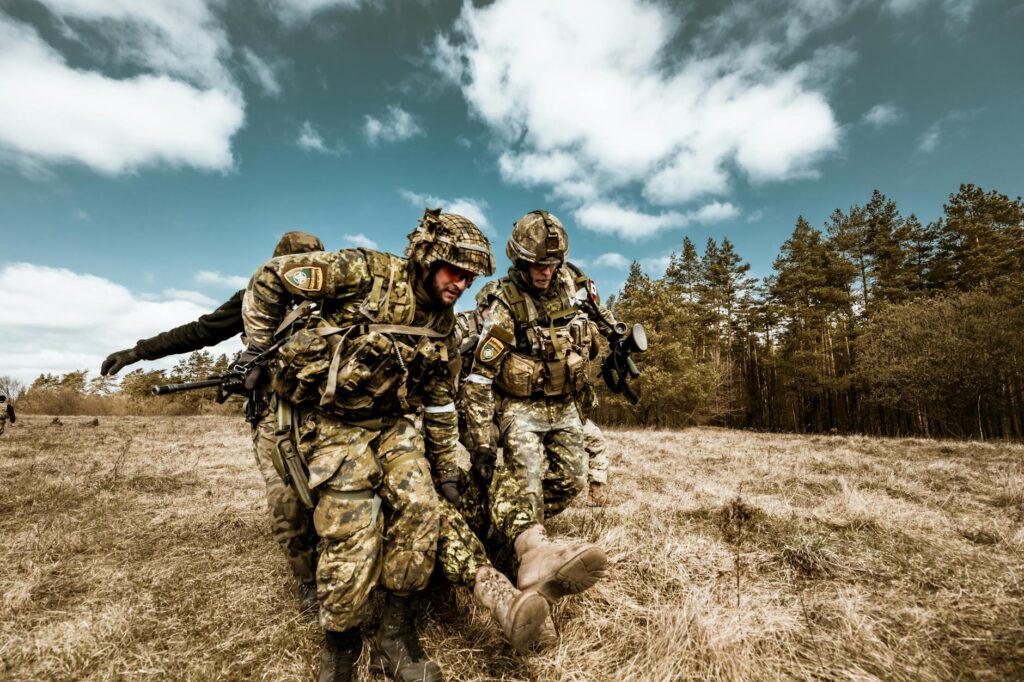When the Waters Rose: How the Indian Army Saved 3,820 Lives in Operation Jal Rahat-2
You know the Indian Army as the guardians of our borders—but here’s the thing most people miss. When disaster strikes, these same soldiers become the first hands pulling people to safety. Take Operation Jal Rahat-2, for instance. Last monsoon, they pulled off what seemed impossible: rescuing 3,820 people from Assam’s killer floods. No fancy press conferences, just raw courage in muddy boots. Let me break it down for you.
1. The Backstory: Why This Operation Mattered
It started like every other monsoon—until it didn’t. By July, the Brahmaputra had swallowed entire villages whole. Over 1,500 villages underwater overnight, according to local reports. And here’s where the army did something brilliant: they didn’t wait for orders. Their pre-monsoon drills—you know, those exercises we never hear about—meant they already had boats, choppers, and medical teams on standby. Smart, right?
2. The Rescue: Grit Meets Quick Thinking
2.1 The First 48 Hours: Chaos and Coffee
Picture this: soldiers wading through neck-deep water with ropes tied around their waists. No GPS signals, just handwritten maps from panicked locals. They worked round the clock—surviving on stale chapatis and black coffee—to set up 12 emergency shelters. One major told me later, “We didn’t sleep for 72 hours. Neither would you if you heard children crying from rooftops.”
2.2 The Helicopter Hustle
This part still gives me chills. With roads gone, the army airlifted 1,200 elderly and kids using MI-17 choppers. Not easy when rain’s slamming sideways and visibility’s near zero. A young pilot from Punjab joked, “Flying in this? Let’s just say my trainer would’ve failed me.” But they pulled it off—zero crashes, zero casualties.
3. The Hidden Battles
Nobody talks about the smaller fights. Like the engineering corps who rebuilt a bridge in 28 hours flat using bamboo and army trucks as supports. Or the medics who delivered a baby in a makeshift tent with phone flashlights. Like one jawan said, “We’re not Rambo. We’re just guys who refuse to quit.”
4. Why This Operation Changed Things
It wasn’t just the scale—it was how they did it. Soldiers giving their own rations to starving families. Officers using their salary to buy medicines when supplies ran low. In one village, they still talk about the lieutenant who carried a disabled grandmother for 6 kilometers through the flood. No cameras, no medals. Just humanity.
5. The Real Lesson Here
We treat the army like a last-resort disaster squad—but that’s backwards. Their secret? They train for this stuff daily. While we argue about flood budgets, their engineering units practice building emergency bridges in 30 minutes flat. Maybe instead of reactive praise, we should fund their prevention drills properly.
Final Thought
Next time you see soldiers marching on Republic Day, remember this: those same boots have waded through hell to save strangers. As an old veteran in Guwahati told me, “The water doesn’t care if you’re Hindu or Muslim. The army doesn’t either.” Powerful words in divided times.
Also Read: That Time the IAF Airlifted Oxygen Like Superheroes | The Unsung Women Officers of NDRF
Source: News18 Hindi – Nation

